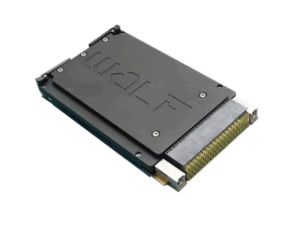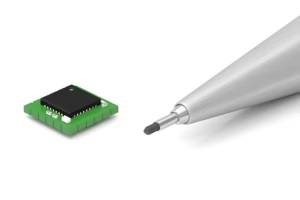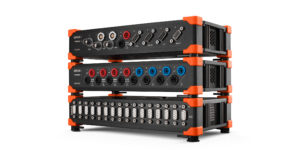Compact Mission Data Recorder with Defence-Grade Encryption
Introducing the Enhanced Calculex RIPR Model 1401 Modern defence and aerospace platforms are generating more data than ever before. From flight test instrumentation and sensor fusion to maintenance analytics and mission debrief, the challenge is no longer just capturing data — …









